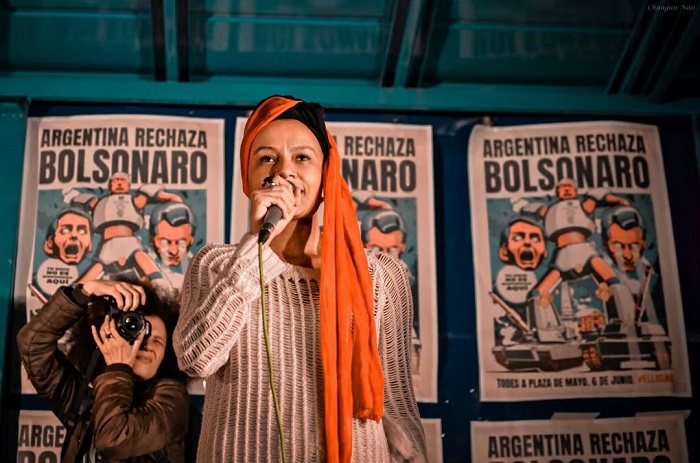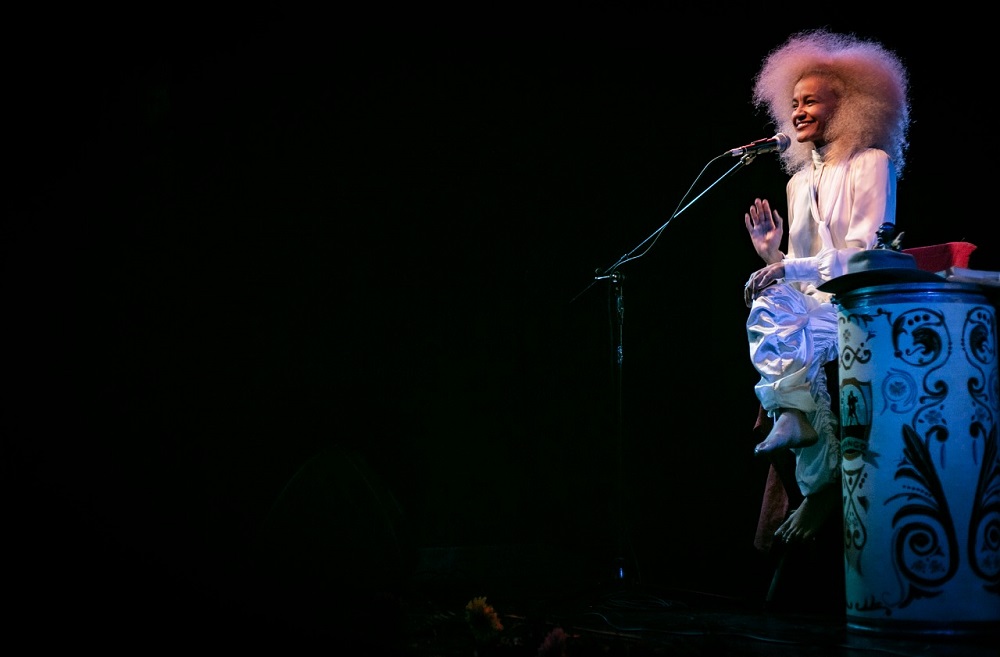Shirlene Oliveira is an Afro-Brazilian singer who has always loved Latin American art and culture. But it was in music that she found her true passion. Born in a poor neighborhood in São Paulo, at age twenty she traveled across the Caribbean to study visual arts in Cuba. From there, she went to Bolivia, and finally settled in Buenos Aires in 2012. Since then, she has worked as a tango singer, the most emblematic musical genre in Argentina, on stages across the country.
Despite the strange stares from the audience— surprised to see a Black woman singing— she thrives in her performances.

“I wanted to see the world, make people smile and cry. I am a Black Brazilian woman who sings tango in Buenos Aires, Argentina, which is seen strange. However, the tango music is like me, stubborn,” Shirlene Oliveira told Travel Noire.
While in Cuba, Oliveira learned about tango through a Bolivian friend.
“When I came to live in Argentina, I took singing lessons with a professor who always questioned my choice of tango, as if I couldn’t dedicate myself to this musical genre,” she said, adding that she always hears that she looks more like a samba (Afro-Brazilian musical style) singer and not a tango singer.
She recalls a time when she sang tango alongside a Polish woman, a foreigner like her, but white and blonde. People congratulated the Polish woman. Yet, they asked Shirlene why she wanted to sing tango and not samba or any other genre in the country.
“You realize that being Black, you are not allowed to decide what you want. Why do I have to answer that? The curiosity isn’t because I’m a foreigner, after all my friend is a foreigner, and nobody asked her the reasons why she did not pursue any style considered European.”
Ironically, the roots of this Argentine musical style were built in the Black community of Rio de la Plata— a region that would later become Buenos Aires and Montevideo— of enslaved people who came from Angola, Republic of Congo, Democratic Republic of Congo and Equatorial Guinea, Oliveira explains.

In the 18th century, the musical genre was banned by the white elite and the Catholic Church, as Tango was emerging in poor neighborhoods, cabarets and ports of Buenos Aires, where immigrants and African people lived.
For her, racism in Argentina takes place in the way Black people are observed, questioned and, mostly, being treated as invisible in the country.
Despite the difficulties encountered, Oliveira perseveres and wants to do more than build a career in a foreign country. She wants people to know that tango is Black just like her, and fights against all stereotypes of the Argentine entertainment and tourism industry.
“Tango is art, but it’s also activism.”
You see more of Shirlene’s journey by following on her Instagram.





